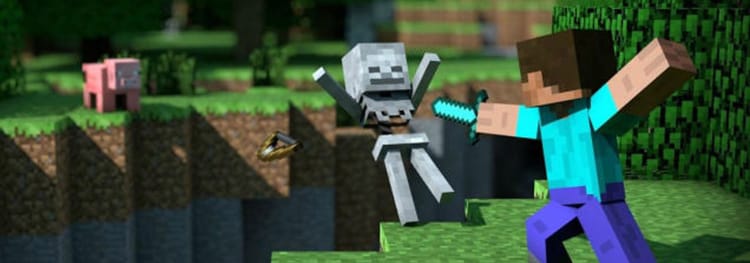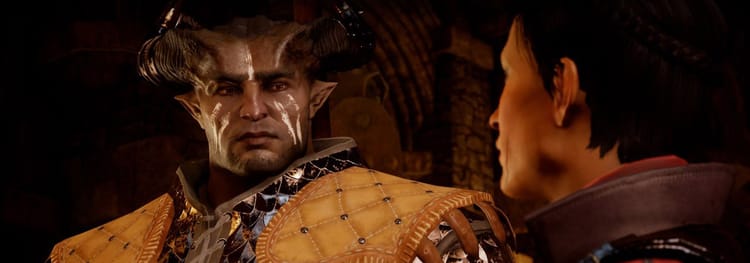"That awkward moment": social media in Madden

The first time I watched Cam Newton’s, I mean Ace Boogie’s video plea for Madden cover votes, it came off pretty desperate for a huge NFL star. EA and ESPN have been collaborating on an election to determine which athlete will grace the cover of Madden games since 2011, and this year Calvin Johnson won the honor (Calvin, it should be noted, is now cursed and likely to be injured). It is apparently a significant honor to be on the cover of the popular game. So watching Newton, the 2012 NFL rookie of the year, delivering a meandering, groveling oratory on YouTube, I was struck by how much being on the cover of Madden meant to the superstar, and also how he was using social media platforms to attempt to garner votes.
As Facebook, YouTube, and Twitter have rise in the public consciousness, they have also become fascinating domains for the voice of the professional athlete.
The athlete, who for the longest time depended on the mediation of his or her opinion through traditional journalistic outlets, has suddenly discovered that they can directly access their millions of fans, and in only 140 characters or less! This phenomenon is no more apparent than with NFL players.
Consider the currently team-less receiver Chad Johnson, who tweets regularly about sports, his court appearances, and videogames. Chad tweeted, upon learning that he was cut from his team, “That awkward moment when you realize you are not on Madden13 and have to create yourself…” Or consider the case of Rob Gronkowski, the affable giant of a tight end for the New England Patriots who happens to be good friends with porn star Bibi Jones, who shows up in pictures with him on twitter. Newton’s YouTube videos begging for Madden votes is an especially apt example of how extensive the penetration of social media has become in the NFL.
Fans of the NFL love this access to the objects of their idolatry. Being able to follow, or retweet, or mention the players affords fans an unprecedented sense of proximity. Given the popularity of twitter in football, it is no surprise that the developers over at Tiburon have found ways to incorporate social media platforms into their design of Madden NFL 13.
The integration of social media in the game happens on two levels, as a simulation of a digitized NFL universe in the game, and as a means for players to share game stories in real life.
When you load up the connected career game mode in Madden NFL 13 on the main screen, you are presented a fake Twitter feed with tweets from a combination of real and made-up football analysts. Owen Good had a great interview with the author of the thousands of “fake” tweets that populate the feed in the game, and the fake feed does an excellent job of recreating the instantaneous news and commentary that surrounds and colors the real NFL. I catch myself checking the feed to see if any of the pundits mentioned my player.
The second way the integration of social media operates in Madden NFL 13 is by offering the player the ability to tweet the outcome of games they have just played. In the post-game menu players have the option to post the results to their Twitter account for their friends to admire.
The inclusion of these two layers of social media, simulated and real, emphasize the significant impact that platforms like Twitter and Facebook have had on the consumption of sports. Fans watch games with their phone in-hand, scanning tweets about the game as they watch. Even the broadcasts will often flash a hashtag, inviting spectators to congregate in an online extension of their fan community. It is only natural that this phenomenon has made its way into sports videogames.




Comments ()